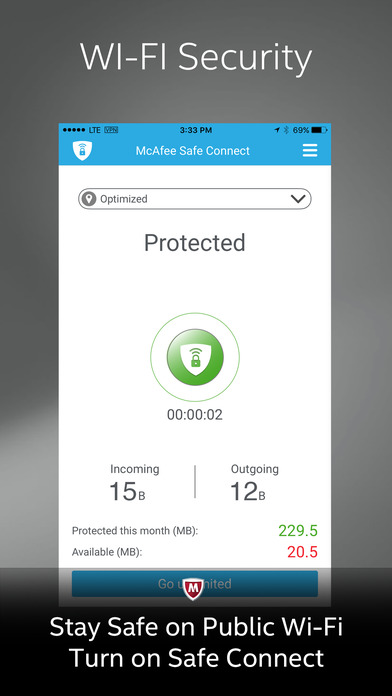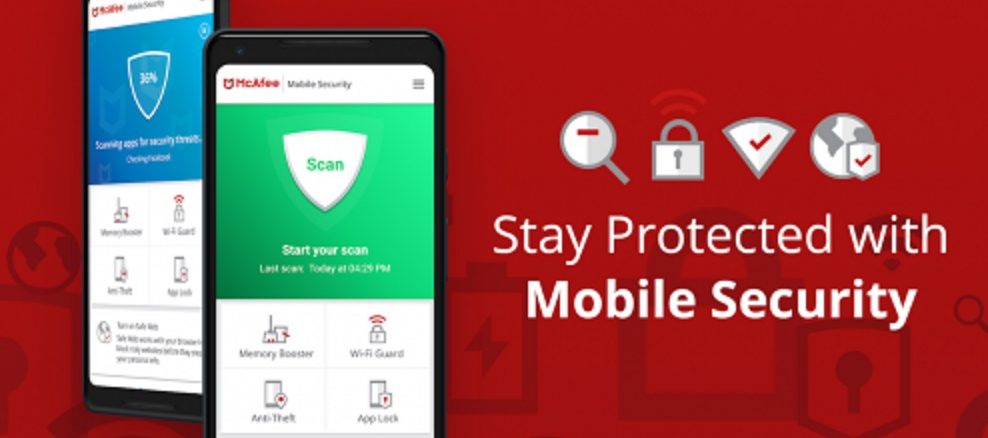
“write UDPv4: The requested address is not valid in its context.(code=10049)” “RESOLVE: Cannot resolve host address: : The requested name is valid but does not have an IP address.”

In addition to general VPN failure issues with Norton 2007, we’ve seen an error that looks like this:

#MCAFEE VPN SERVICE INSTALL#
If you are running Norton (any version), and having installation issues, please disable the real time protection, and the anti-virus portions of the software BEFORE you install or it will result in a failed install Norton can BLOCK the install of the vpn software. The rest of McAfee does not seem to affect the VPN. The solution: Remove McAfee Privacy Service program and restart computer, VPN worked straightaway. You may need to add a rule to allow UDP 1194 to for personalVPN-SSL McAfee Privacy Serviceįrom a customer running McAfee Privacy Service. It does seem to interchange Cisco with OpenVPN but apparently works. UPDATE: We had a customer write in with a link to the Sunbelt Software support forums with a fix. To make this work, the best solution we have so far is to uninstall Kerio, re-install personalVPN-SSL, and re-install Kerio. Select Add… Action: Allow Protocol: IP Direction: Out Description: GRE Out Allowed Check, if you want, “Log as a firewall event if this rule is fired” Source Address: Any (or select what you think is better) Destination Address: Any (or select what you think is better) IP Details: Ip Protocolo: GRE Kerio Personal Firewall Open Comodo->Firewall->Advanced->Network security policy->Add…->Select->Running processess…->System Idle Process (or System if you don’t see System Idle Process) Now, you should be back to Application Network Access Control window. Here is a customer-provided solution for using Comodo with the PPTP VPN: Try uninstalling Comodo, re-installing personalVPN-SSL, then re-installing Comodo. We still receive occasional customer comments that Comodo is problematic for personalVPN-SSL (OpenVPN). Disabling or uninstall the software allows the VPN to connect like normal. We have confirmed reports from a number of clients that the vpn refuses to connect when Avira AV is up and running. Still, the best resource will often be the manufacturer of your firewall software. We have captured feedback from customers over the years below and will continue to update. As mentioned above, you need to allow UDP port 1194 through the firewall.

#MCAFEE VPN SERVICE HOW TO#
We also suggest getting in touch with your firewall developer support team and asking them how to allow the VPN through. This appears to allow the firewall to accept the VPN as already being there.

If no setting can be found to adjust for your individual firewall, such as changing security from “high” to “medium”, opening port UDP 1194 for SSL VPN or TCP 1723 & IP 47 (GRE) for PPTP VPN, or for “trusting” openVPN, then the solution that will most often work for personalVPN-SSL (OpenVPN based VPN) is to uninstall the firewall, re-install personalVPN-SSL, then CONNECT the VPN so it is ON, and re-install the firewall. In most cases the firewall software can be configured to work with the VPN by adding an exception or rule change. Even software from the big name vendors (Norton, McAfee, etc.) is notorious for interfering with VPN services.
#MCAFEE VPN SERVICE WINDOWS#
The changes that the personal firewalls make in the IP stack in Windows appear to sometimes cause problems even when the firewall is disabled. Nevertheless, they can still cause issues and block the VPN from connecting at all, or cause performance issues. In our testing, we have found that most consumer firewall software, if properly updated, will allow the VPN to connect without issue or provide feedback to the user that it must be allowed.


 0 kommentar(er)
0 kommentar(er)
